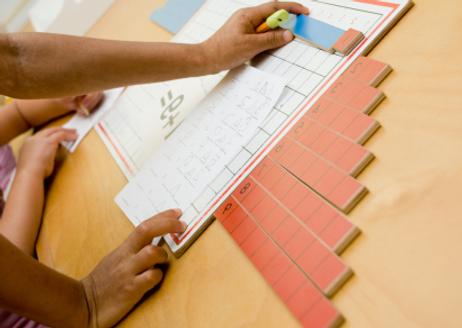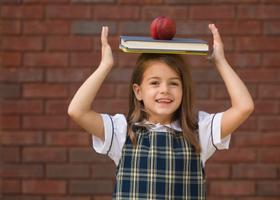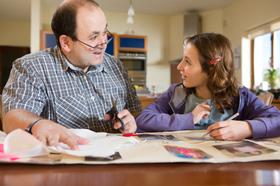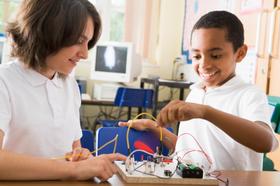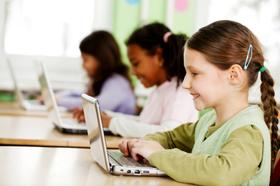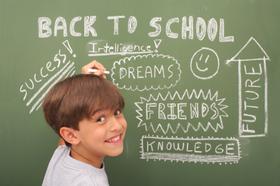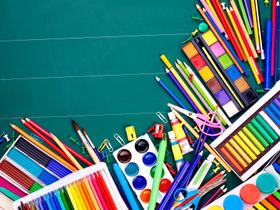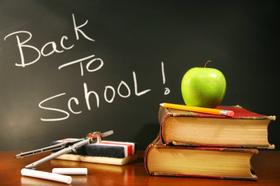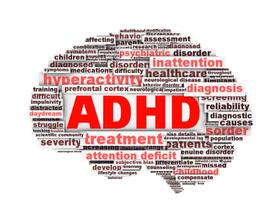The term “gifted” has been thrown around in public education circles for decades – often misused, misdiagnosed and misunderstood. Gifted children may present in various ways; some are positive characteristics and some, are not as desirable. When determining giftedness in a student, it is essential to take a number of factors into consideration, since not all gifted children will exhibit the same characteristics at the same time. This list offers 10 of the most common characteristics seen in gifted students.
Verbal Ability
Gifted children often begin communicating verbally at an early age, and they use vocabulary far beyond their age. These children are often referred to as “precocious” because of their language usage. The website for Amend Psychological Services list some of the verbal features of gifted children as “avid storytellers,” early talkers or those with and extensive and precise vocabulary. These children often choose their words carefully, but tend to use a lot of them. They can also get frustrated with children in the same age group who are unable to understand them and often turn to older children or adults for conversation.
Information Processing
Education.com states that gifted children often have an “unusual capacity for processing information” and are often able to process that information more quickly and accurately than their peers. These children typically master subjects like reading and math much more quickly than their peers, which can make it difficult to keep them challenged in a regular school





